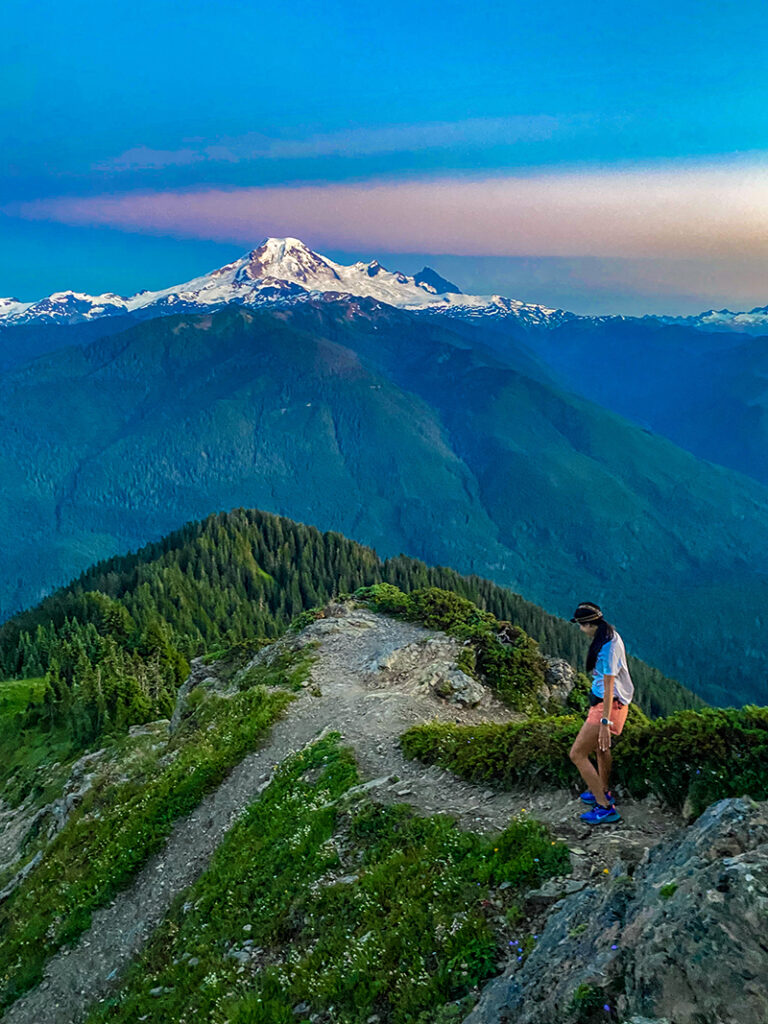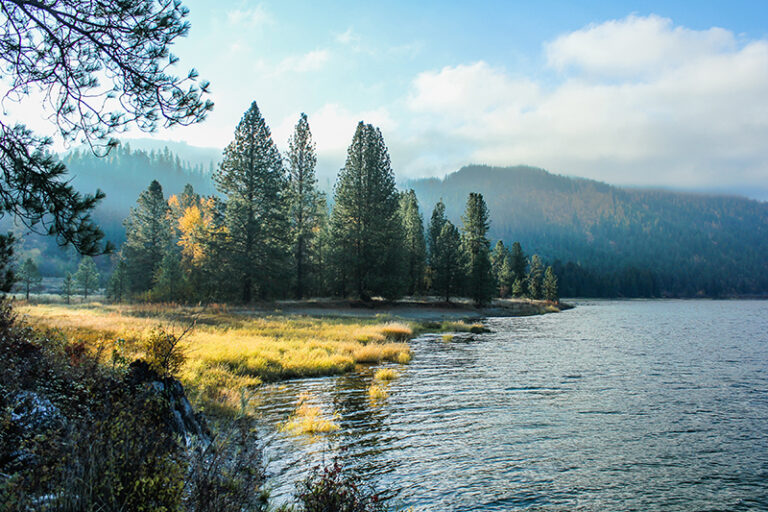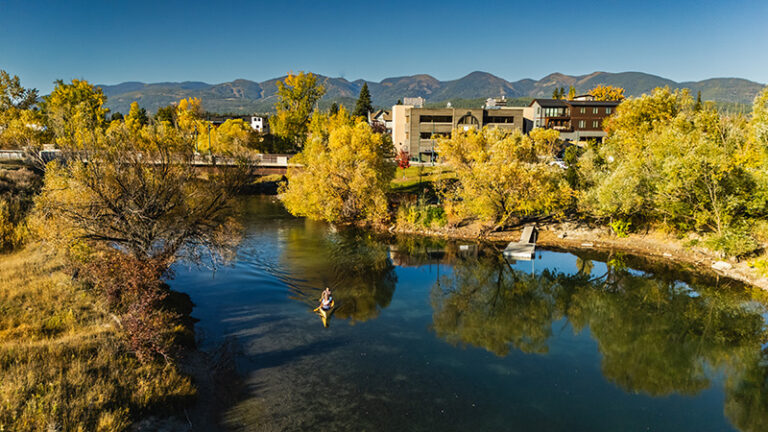Visit any large city in North America in the last few years and you may have noticed a certain aesthetic, a look, to the cyclists on the urban streets. They often sport messenger bags, rolled-up jeans, tennis shoes, and large chains wrapped around their waists. Look closer and you’ll notice something peculiar about the bikes they are riding. Often, the bikes have only one cog on the rear wheel, and sometimes, they have no brakes.
These bikes are called “fixed” gear bikes. “Fixed” means the rear cog doesn’t coast: if the rear wheel is turning, the cranks are turning. To slow down or stop, you “back pedal.” Fixed gear bikes are descendants of the specialized bicycles used for track racing, which is an oblong track, or velodrome, with banked sides.
Online you can find lots of history about the migration of the track bike and its evolution into an urban fixed gear. One version of the history is that some Jamaican bike messengers in New York City rode fixed gear bikes and the fixed gear phenomenon spread through the messenger culture, then through the cycling cultures, and now into mainstream culture.
Fixed gear riding has spread into the mainstream for several reasons. For one, it was an underground cool thing. That time is gone now though. When you get middle-class white guys like me joining any kind of “thing”, it’s no longer hip. Plus, the fact that the big mega bike manufacturers (Specialized, Trek, Bianchi, Redline, etc.) are now selling and marketing non-track fixed gear bikes, you know the hip part is long gone.
I believe that the second reason fixed gear bikes have caught on to the more mainstream cyclists is that they make some sense for lots of folks.
First, a fixed gear bike makes you a more skilled rider. You must choose your gear wisely when you set up your fixed: too low a gear and you’ll spin out on descents. Too high a gear and you’ll blow out your knees trying to climb steep hills. Once you find that sweet spot, you will then learn to spin very fast without whipping the bike all over the road. You’ll learn how to pace yourself for long climbs. You’ll also learn how to climb out of the saddle without blowing a lot of energy on needlessly manhandling your bike. Riding single-track and other trails on a fixed gear builds skill around balance, slow turning, and picking your line, because you can’t control (as easily) where your pedal stroke will be when you encounter an obstacle.
Second, for folks that like to ride year-round, in the ice and snow, fixed gears make a ton of sense. Think of when you navigate a car down a steep snowy icy hill. To maintain control and slow down, you don’t slam on the brakes; instead, you downshift into a low gear to engage the transmission, which directly slows the rotation of the wheels. It’s the same concept with a fixed gear, which is a “direct drive” transmission. By back pedaling, or applying backward pressure against the pedals, you are applying force directly against the spinning of the wheel at the point of transmission. By putting studded knobby tires on a fixed gear bike, you can pedal year round in the city in any weather.
Third, if you’re a conditioning and fitness type, fixed gear is right up your alley. There is no better bike for early season conditioning. As I mentioned earlier, once you pick a gear, you’re stuck with it. If you go for a slightly aggressive gear and commit to it for 20 or so miles a day, the holiday pounds will melt away in no time.
Finally, riding fixed is just fun. It makes trail and traffic riding more challenging and interesting. It makes long flat stretches of the Centennial Trail more Zen. And it makes climbing the Doomsday hill faster.
If you are interested in trying out a fixed gear, you don’t have to break the bank. You can put one together out of a beater bike and try it out for well under $100. You’ll find gobs of information online about converting existing bicycles to fixed gears, but the definitive source is Sheldon Brown’s Web site.
Unfortunately, Spokane does not yet have a bike shop that pays attention to the needs of the fixed gear cyclist. So, if you need to buy a cog or a track hub, make a point to go to a local bike shop and ask them why they don’t stock them. Then order one from them.
John Speare grew up in Spokane and bikes everywhere. Don’t miss his blog: http://cyclingspokane.blogspot.com.
If you want to build or buy a fixed-gear bike, please visit Sheldon Brown’s website: http://www.sheldonbrown.com/fixed.













